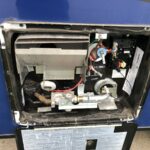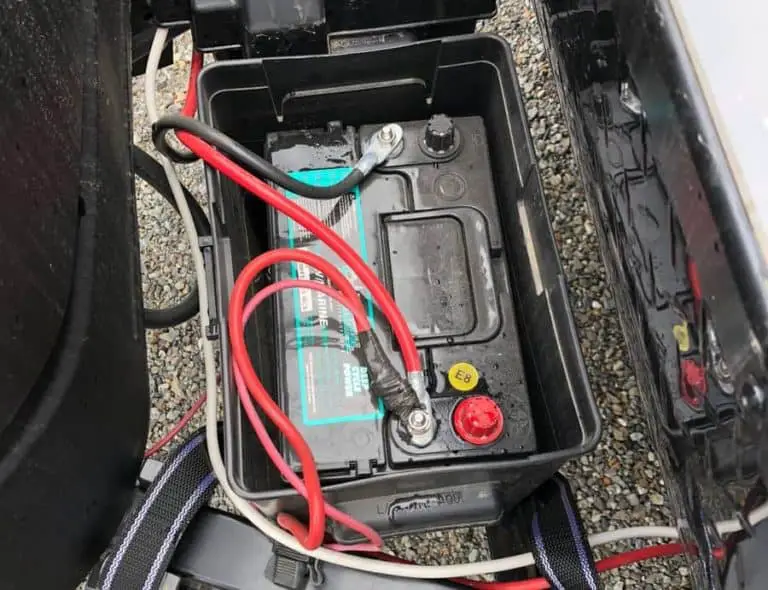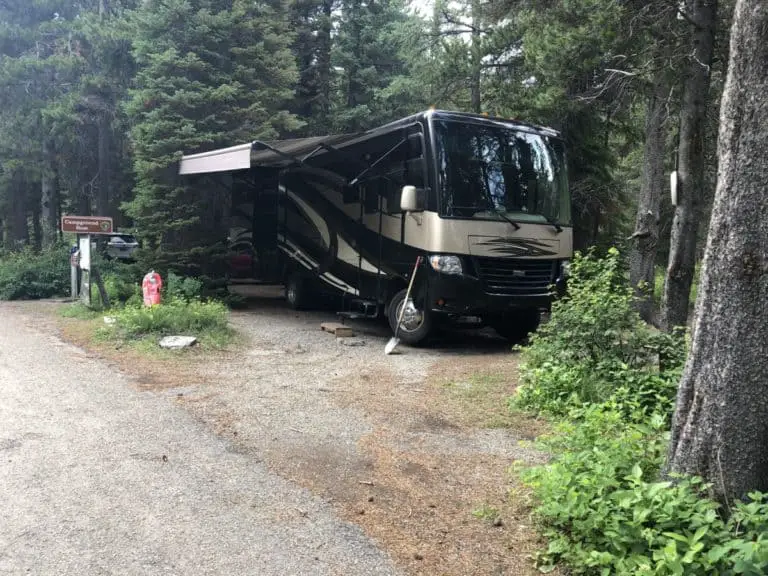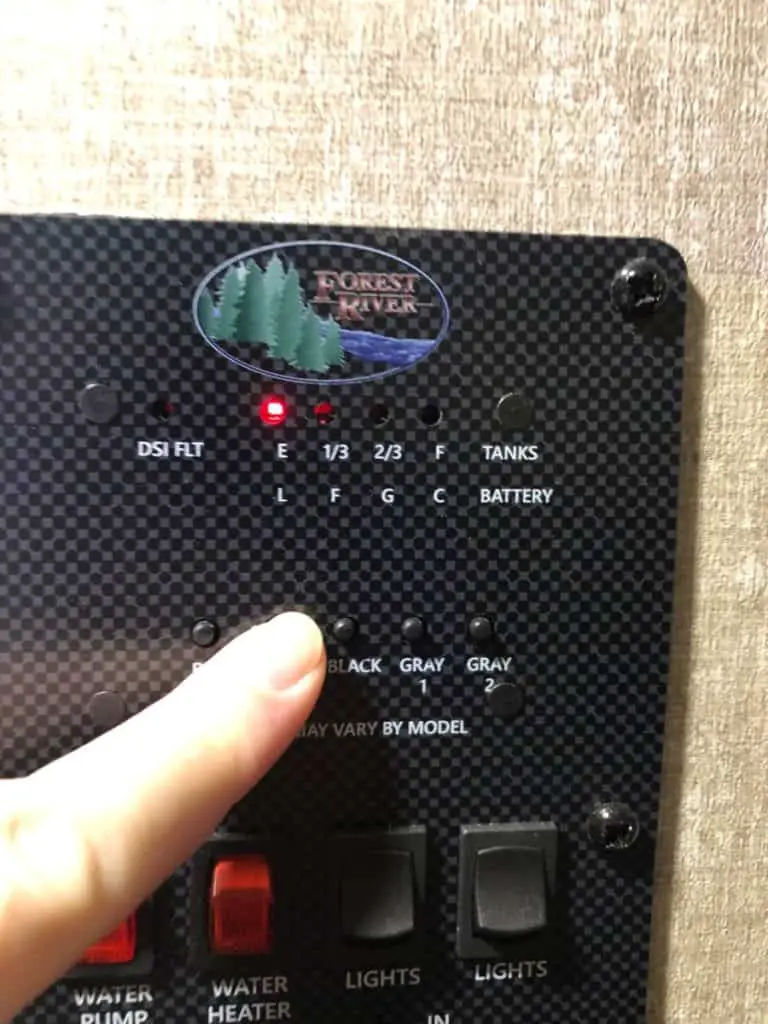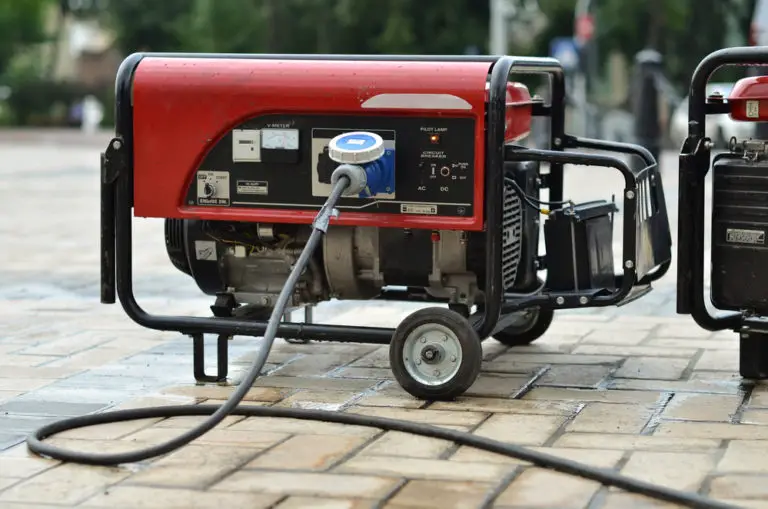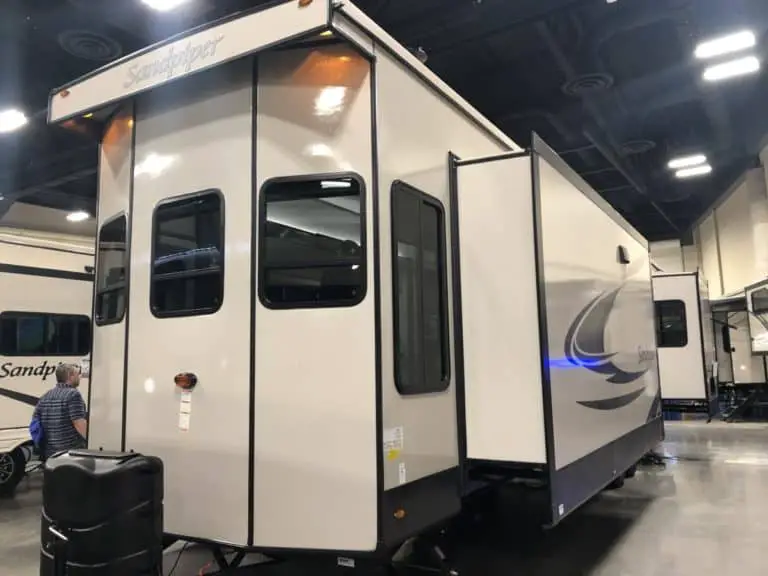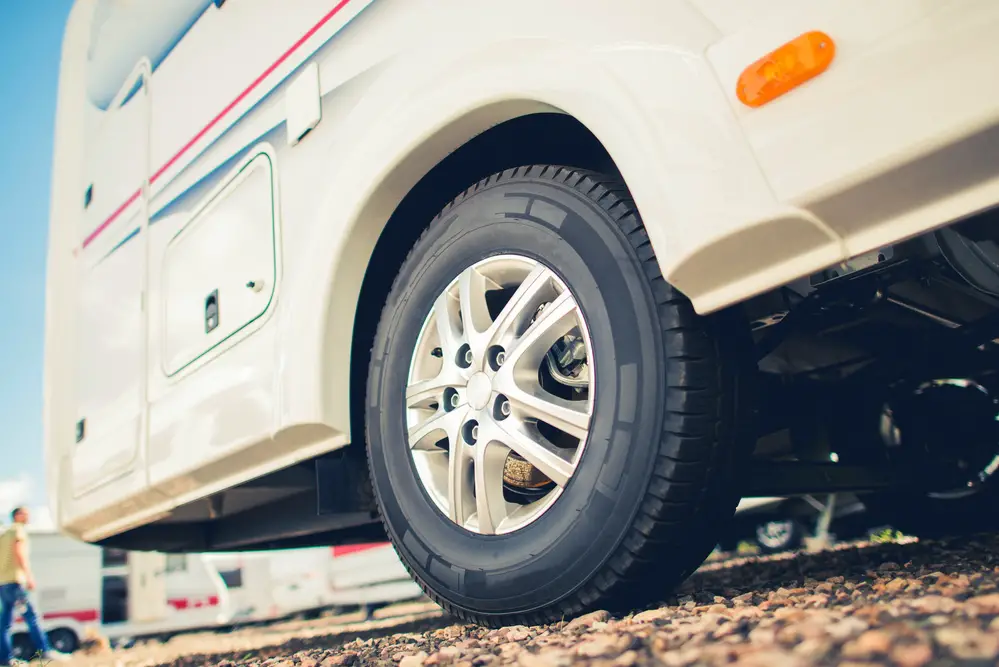How Do You Winterize an RV Washing Machine?
Winterizing your RV is an essential part of ensuring it doesn’t sustain damage from the winter’s unforgiving temperatures. But while most people are familiar with the steps for winterizing their motorhome, things can get hazy when it comes to washing machines because they need special treatment. So how do you winterize an RV washing machine?
You can winterize an RV washing machine using compressed air or antifreeze. Also known as the dry method, using compressed air to winterize an RV washing machine only works in areas with mild winters. If your area sees harsh winters, use the antifreeze to winterize (also known as the wet method).
The rest of the article will outline all the steps required to winterize an RV washing machine. It will explain the two most popular winterizing methods, when to use each, and how to de-winterize your RV washing machine. Read on to learn everything you need to know about preparing your RV washing machine for winter and restoring it to full functionality once the cold season is over.
How To Winterize an RV Washing Machine
The first thing that you should do is check the user manual for the washing machine. Several brands and models have winterized mode installed. If the user manual doesn’t offer specific winterizing instructions, you can use one of the following methods to prepare your RV washing machine for winter:
- The Dry Method
- The Wet Method
The Dry Method
You should only use this method in areas where winter temperatures don’t fall below freezing ( zero degrees Celsius or 32 degrees Fahrenheit) for longer than one night.
Winterizing an RV washing machine via the dry method is swift and straightforward:
- Turn off the water supply to the washing machine.
- Disconnect the water hoses from the washing machine.
- Drain excess water from the hoses by laying them on the floor and allowing the water to filter through them.
- Drain water from the washing machine by tilting it to allow the excess water to filter out.
After draining the water from the entire plumbing system, use compressed air to dry what remains. Take caution not to blow compressed air into the washing machine.
Note that compressed air might not remove all the water from the system. If some remains, it’ll expand when it freezes, potentially damaging the washing machine. To mitigate this risk, add antifreeze to the washing machine to eliminate all remaining water.
The Wet Method
This is the way to go about winterizing your RV washing machine if you live in an area where winter temperatures can drop below zero in the blink of an eye. This method involves using antifreeze in the washing machine.
Antifreeze is a propylene glycol base chemical with no toxic components, meaning it is safe to use in washing machines. It has numerous winterizing applications in homes and car engines. It’s also a crucial ingredient when winterizing RVs.
The wet method requires a few items: approximately 2 liters or ½ gallon of antifreeze and a pair of pliers. Once you have these at hand, proceed as follows:
- Run antifreeze through the entire plumbing system.
- Plug in the washing machine.
- Turn on the hot water inlet until you see antifreeze in the washing machine drum.
- Shut off the hot water and repeat step 2 with the cold water inlet.
- Shut off the cold and hot water supply valves.
- Access the back of the machine by pulling off the wall.
- Use the pliers to disconnect the hoses from the machine.
- Pour the ½ gallon (2 liters) of antifreeze into the washing machine.
- Run the appliance on the spin cycle for approximately 1 minute.to force the antifreeze through the drain pipes to protect them.
- Unplug the washing machine.
Returning the Washing Machine To Full Functionality
Before you return the washing machine to full functionality (also known as de-winterizing), inspect the hoses thoroughly for signs of deterioration. Examine them for cracks, loose connections, and blisters. If some of the hoses show any of these signs, replace them.
You can proceed to the actual de-winterizing when you’re done with the inspection. The process will vary depending on how you winterized the washing machine at the start of winter.
How to De-winterize From the Dry Method
If you’re de-winterizing from the dry method, you should:
- Allow the appliance to thaw at room temperature for 24 hours or more.
- Reattach the water supply hosepipes to the main water supply line and let the drain.
- Connect the water supply to the back of the washing machine.
- Plug the machine in; it should function normally.
If you added antifreeze to the washing machine, drain it before washing a load.
How to De-Winterize From the Wet Method
You’ll need 1 cup of clothing detergent in liquid form to return your washing machine to full functionality after winterizing it using the wet method. Here’s how to go about it:
- Use clean water to flush the water supply hoses.
- Reconnect the hoses to the water supply source and the machine.
- Plug the washing machine and turn the water supply on
- Allow the washing machine to fill with water, then add the cup of detergent.
- Without adding any clothes, allow the washing machine to run a complete cycle.
The washing machine should be clean and ready to go to work at this point. If one cycle isn’t enough to remove all traces of the antifreeze, you can run a second one. You don’t want to use your machine for a load of clothes when it still has traces of antifreeze. Antifreeze stains can be tough to remove.
Final Thoughts
You can winterize an RV washing machine in two ways, depending on how you prepare your RV for the cold season. If you use compressed air, you can use the dry method. But if you use antifreeze through the plumbing, you’ll be better off using the wet option.
Be careful when using the dry method. If temperatures plummet below freezing, the residual water in the pipes can expand as it freezes and cause significant damage.
Before winterizing the washing machine using the steps above, always consult the machine’s user manual for information. There might be advice for your specific appliance.
Be the first to be notified about FREE tips, hints, coupon codes, and email-exclusive information. All for FREE!




